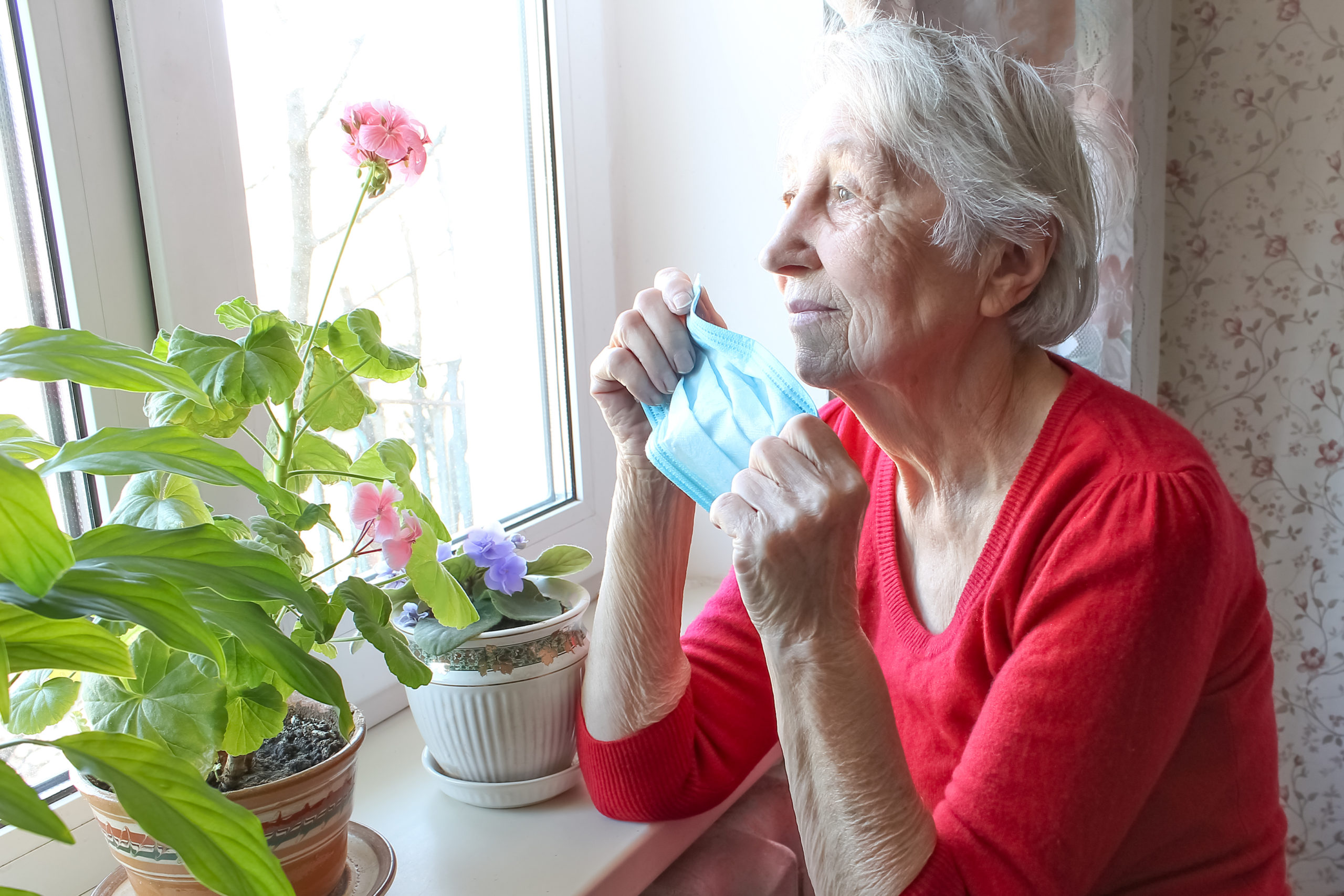3 Actionable Ways to Differentiate Your Senior Living Community

The senior housing market is more competitive than ever. CBRE National Senior Housing has estimated that there are over 22,000 senior housing and nursing care communities. Yet, assisted living occupancy rates continue to fall despite our growing 65+ population.
In Q2 2017, occupancy rates fell to 86.5 percent, tying with the recessionary low of Q2 2009 (National Investment Center for Seniors Housing & Care, Senior Housing News).
With these alarming statistics, how can you ensure your senior living community stands out from your competition down the street? What really makes you different from the others? When you are clear about these positive differences, it helps your potential and current residents, and their families, distinguish your community from others they may be considering. Focusing on what makes your community unique can reset your team’s clarity of purpose, improve quality, and refresh your staff.
Here are three ways you can kick-start the process of differentiating your community:
- First be clear about what your community is—and is not.
Differentiation is a discovery process that can start with a single blank page. In 10 minutes, identify your community’s core strengths and weaknesses. Be specific, brief, and avoid jargon. Who participates? The management team, nurses, lead resident assistants, the most engaged residents (usually part of the residents’ council), and key family members. Where do the strengths generated by your team intersect with the strengths seen by residents and families? Meet, debate, agree on the top core strengths—and weaknesses–and distill them to their essence. They will serve as the foundation for future analysis, comparison, and planning. - Once you find—align.
Through the lens of these strengths, unsparingly review care, services, activities, marketing, programs, purchases, and policies, especially those regarding residents and staff. Do they maximize your strengths and minimize or eliminate your weaknesses? Is every one of them delivered at the highest quality? (Be fanatical about this!) How can you up your game in the most important areas? Four high-profile areas to look at in your action plan are:- Food and dining options that support not only optimal nutrition but also changing tastes and cultural preferences
- Resident activities, socialization, and lifelong learning which include technology
- Technology that maintains health, safety, and security, including predictive health
- Physical plant housekeeping, condition, lighting, and design/floor plan
- Differentiating your community by creating connections—for residents and employees.
Beyond providing for physical needs, residents also want a connection to others, to use their intellect, foster new relationships—and to be needed. One approach: differentiate your community by creating a gathering space where there are year-round, frequently shared activities with local people of different ages and interests. Reach out to schools, clubs, and community organizations. Your front-line care staff should participate. Also vital: the well-being of your care staff in their often stressful and physically demanding jobs. Review your HR policies, incentives, continuing education, and everyday interactions with the goal of creating a positive team culture that delivers differentiation.
Once you find your community’s differentiation—its individuality—you will not only stand out but also continue to find new ways to capitalize on it.

Related Blogs






